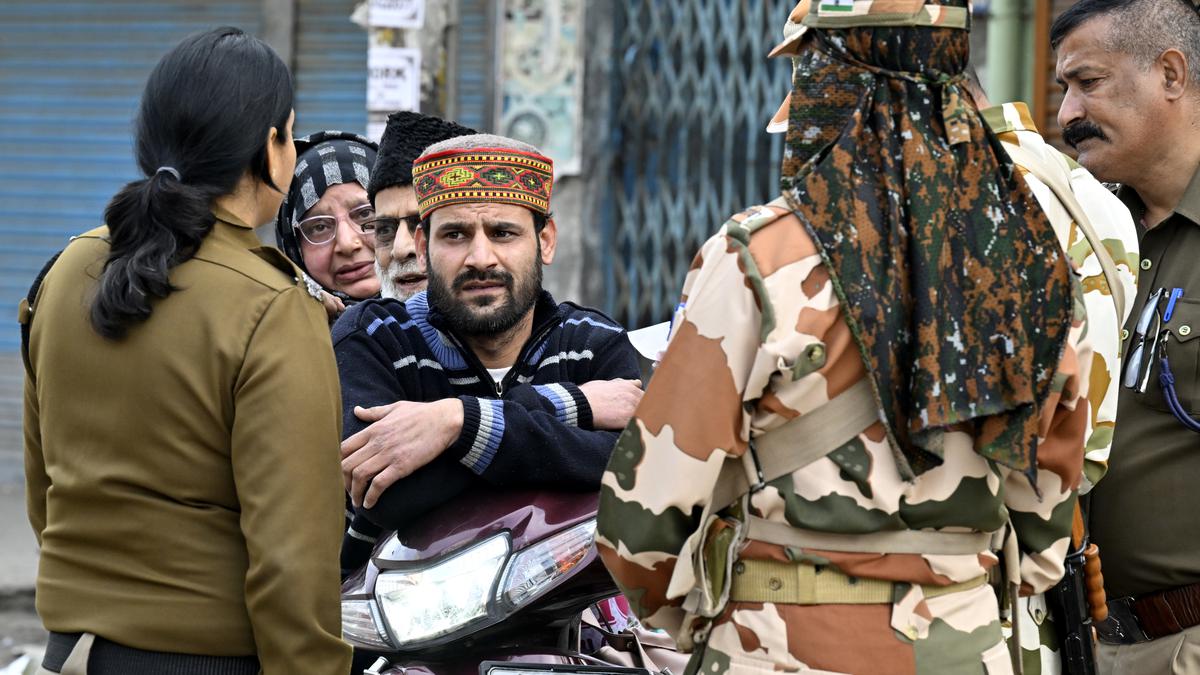Live Classes

Health is seldom uni-dimensional, and it must not be seen as such. Government policy, particularly, must fathom the entirety of the issue, and assimilate multiple aspects in a field strategy, for optimum realisation of the intended goal. Union Finance Minister Nirmala Sitharaman’s announcement during the presentation of the interim Budget that the government plans to encourage vaccination against cervical cancer for girls aged nine to 14, is no doubt a step in the right direction. While the scheme will be fleshed out post elections, it is also time to question if any programme to handle cervical cancer would be wholesome if it did not assimilate a screening aspect. Cancer of the cervix (literally, the neck of the womb) is unique among cancers because almost all the cases (99%, according to the World Health Organization) are linked to infection with the human papillomavirus (HPV), a common virus transmitted through sexual contact. While most HPV infections resolve spontaneously and the women remain symptom-free, persistent infection can lead to cervical cancer. It is the second leading cause of cancer-related deaths among women in India (over 77,000 annually), and is estimated to be the second most frequent cancer among Indian women between 15 and 44 years. While the good news is couched in the availability of a vaccine, the sobering fact is that the average national prevalence of cervical cancer screening hovers at just under 2% and outcomes depend on the stage of detection.
Ironically, cervical cancer can be easily diagnosed in a public health setting with minimal tools — the human eye, a dilution of white vinegar, and a dab of Lugol’s iodine. These are known as VIA and VILI tests and help look for precancerous lesions and cancer, much before an advanced stage of the disease can be picked up with cytology. A simple, short procedure, cryotherapy, can then be done while the patient is awake, to destroy the abnormal growth. Given that it is easy to prevent, identify and treat cervical cancer, it is unacceptable that so many women are dying of the disease. As the government rolls out its vaccination programme, it must also mandate screening right at the primary health centre, and if abnormalities are identified, offer cryotherapy right then. It is unlikely that vaccination of young girls alone will have a far-reaching impact in the short and medium term. The only way to prevent deaths is to deploy the entire assembly of tools as part of a national cervical cancer control programme, accessible to all women, irrespective of age, education, affordability or social status.
Download pdf to Read More